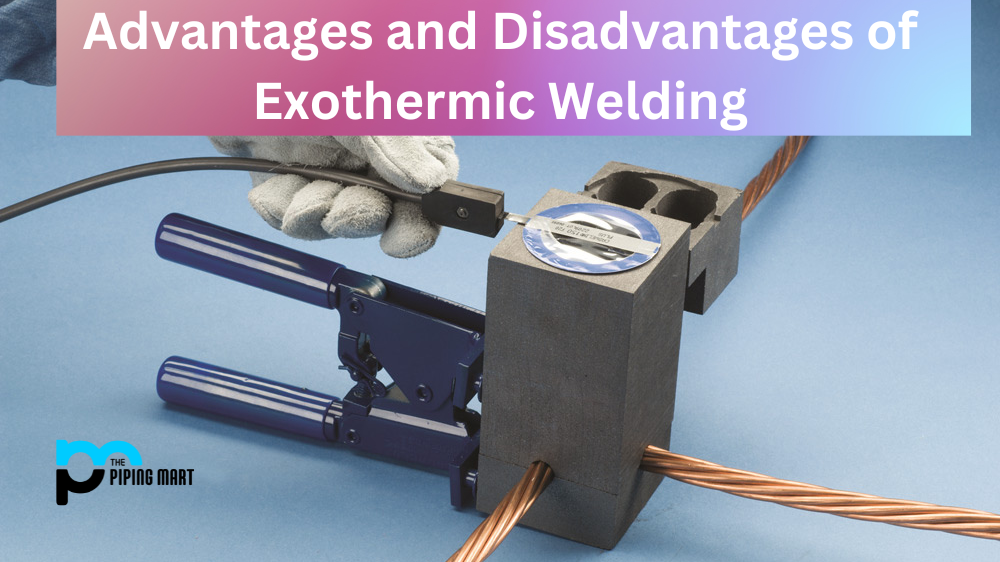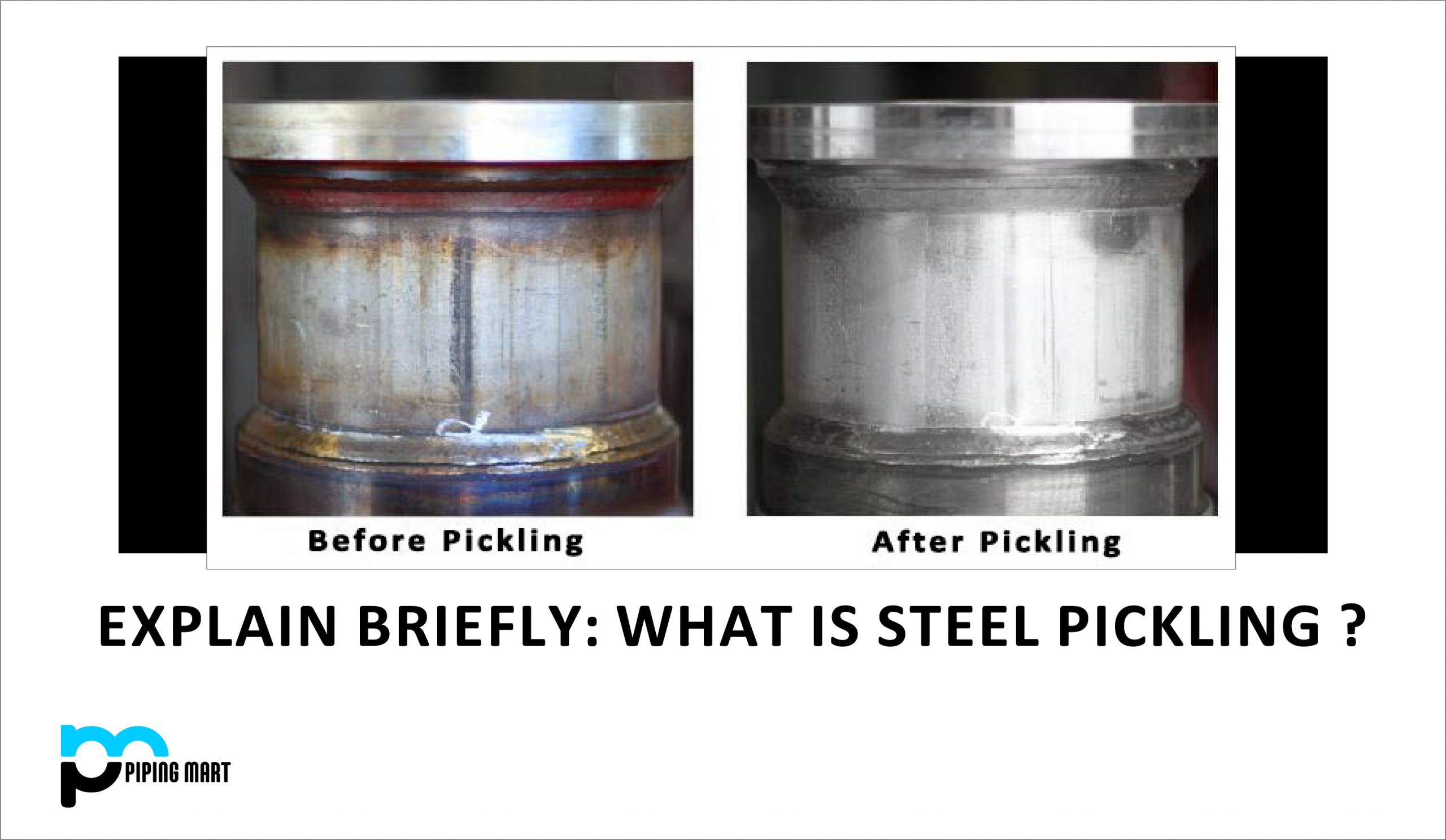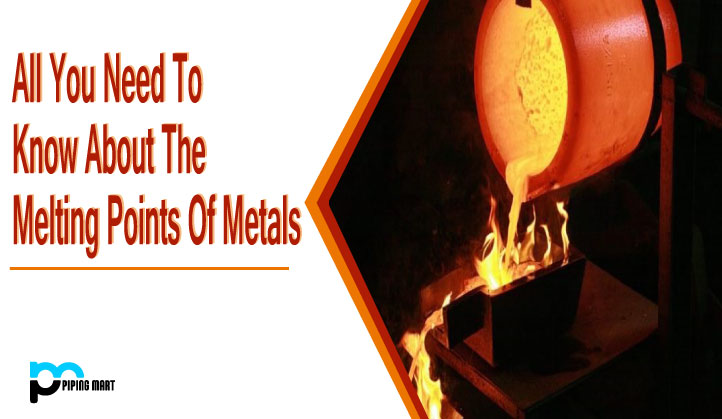Exothermic welding is a process used to join two metals together. It involves the use of a chemical reaction to generate intense heat, which melts the two pieces together. This process is popular because it’s fast, efficient, and doesn’t require any outside source of heat or electricity. But, like all processes, it has its advantages and disadvantages that must be taken into account when deciding whether or not it’s the right choice for your welding project. Let’s take a look at some of these pros and cons.
Advantages of Exothermic Welding
The biggest advantage of exothermic welding is that it does not require an external energy source, such as electricity or gas, to initiate the weld. This makes it an incredibly cost-effective option for large-scale projects. Additionally, because exothermic welding generates its own heat in the form of a chemical reaction, it can easily weld materials with high melting points without damaging them in the process. Finally, exothermic welding also eliminates the need for additional equipment, such as fluxes and rods, that are required in other types of welding processes.
Faster
Exothermic welding is a fast process because it does not require any heating of the metals before welding. This is due to the fact that the reaction between the metals and the exothermic welding compound produces enough heat to weld the metals together.
Stronger
Exothermic welding also produces a stronger joint than other welding methods because the weld metal is more resistant to corrosion and has a higher melting point.
More Economical
Exothermic welding is more economical than other welding methods because it requires less energy to weld the metals together. Additionally, there is no need for expensive equipment or consumables, such as gas cylinders, flux, or electrodes.
Portable
Exothermic welding is a portable process because it does not require any external power source. This makes it ideal for use in remote locations or in situations where power is not available.
Safer
Exothermic welding is a safer process than other welding methods because it does not produce any harmful fumes or gases. Additionally, there is no risk of fire or explosion associated with this type of welding.
Environmentally Friendly
Exothermic welding is an environmentally friendly process because it does not produce any harmful emissions.
Disadvantages of Exothermic Welding
Exothermic welding also has some disadvantages that should be taken into consideration before opting for this type of weld. The most significant disadvantage is that exothermic welds can only be performed on clean surfaces; dirt and debris will disrupt the chemical reaction necessary for a successful weld. Additionally, this type of welding requires special training and experience due to its complex nature; inexperienced welders may struggle to achieve good results with this method. Finally, if you’re looking for precision when welding thin-walled materials, then exothermic welding might not be your best bet; due to its intense heat, it can cause warping on delicate materials if not done correctly.
Limited to Certain Materials
Exothermic welding is a process that is used to join two pieces of metal together. The process uses a chemical reaction to create heat, which melts the metals and allows them to fuse together. While exothermic welding can be used on a variety of different metals, it is most commonly used on iron and steel.
Requires Specialized Training
Another disadvantage of exothermic welding is that it requires specialized training. The process is not as simple as just melting two pieces of metal together, and there are a number of variables that need to be taken into account in order to ensure a successful weld. As such, exothermic welding is typically only performed by trained professionals.
Can Be Hazardous
Another disadvantage of exothermic welding is that it can be hazardous. The process creates a great deal of heat, and if the weld is not performed correctly, it can result in serious injuries. Additionally, the chemicals used in the process can also be dangerous if they are not handled properly.
Can Be Expensive
Another disadvantage of exothermic welding is that it can be expensive. The process requires special equipment and training, which can add up to a high cost. Additionally, the materials used in the process can also be quite expensive.
Time-Consuming
Another disadvantage of exothermic welding is that it can be time-consuming. The process can take anywhere from a few minutes to several hours to complete, depending on the size and complexity of the weld. Additionally, the weld needs to cool before it can be put into use, which can add even more time to the process.
Conclusion:
Although there are certain disadvantages associated with exothermic weldings—such as requiring clean surfaces and higher levels of expertise—it can still be an excellent choice when joining metals together quickly and efficiently without having to rely on external sources or additional equipment. Ultimately the decision comes down to what you need out of your project and how much time, money, and effort you’re willing to put into achieving those goals. With careful consideration given to both sides of the equation, you’ll be sure to choose the right method for your needs!

A passionate metal industry expert and blogger. With over 5 years of experience in the field, Palak brings a wealth of knowledge and insight to her writing. Whether discussing the latest trends in the metal industry or sharing tips, she is dedicated to helping others succeed in the metal industry.




